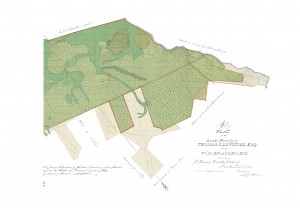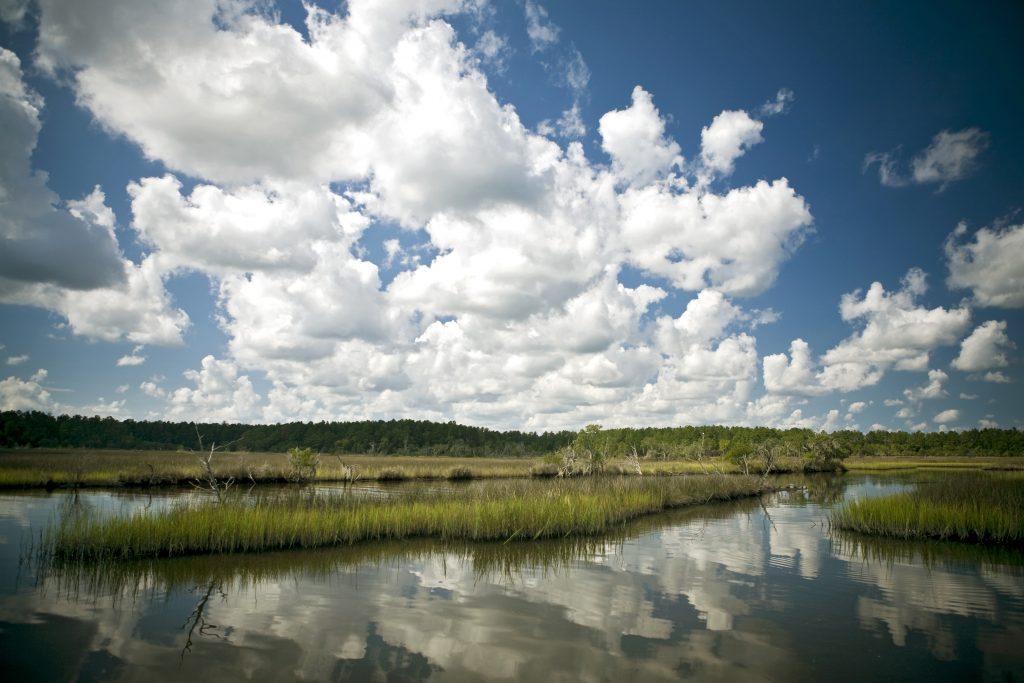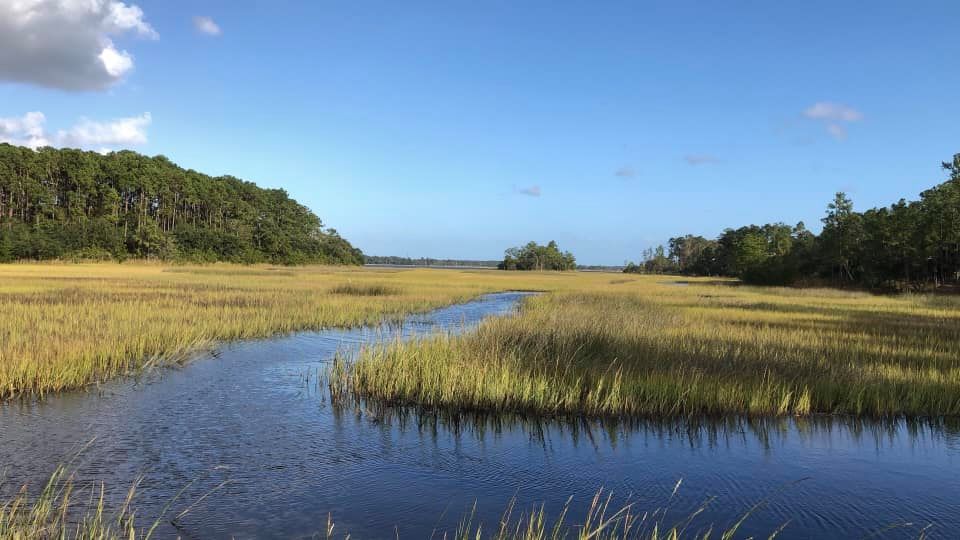History
Poplar Grove was originally conveyed by Kings Grant in 1696 by William and Mary to Sir Thomas Elliott. Upon his death in 1731, tracts were divided among his six children. The first definitive reference to the project tract is a conveyance October 22, 1738, when William Elliott and William and Elizabeth Butler conveyed almost 500 acres to Thomas Elliott, son of the immigrant Thomas Elliott, for 10 shillings – hence present day Ten Shillings Way. Building upon his modest inheritance of 500 acres on Horseshoe Creek, Elliott through grant and purchase amassed holdings in excess of 7,500 acres.


Throughout the 1700s marshes and creeks were used to cultivate rice and signs of the plantation infrastructure can still be seen today. Although the vast rice fields have been slowly reclaimed by nature, eroded traces of the ditches and canals are still visible. A 1791 plat indicates the layout of the plantation was a planned social and economic environment oriented towards efficient agricultural production. The settlement was strategically located to take advantage of transportation routes and designed to effectively manage people and the cultivation of crops. The settlement prospered during the 18th century and served as an active plantation producing crops of rice, cotton, indigo and other various crops for more than 300 years.
During the Civil War, Poplar Grove and the surrounding rice plantations became buffers between Union forces garrisoned in Charleston and Confederate forces on nearby James Island. A large battery was built about a half of a mile from the banks of Poplar Grove. The war took a toll on the property and much of its infrastructure deteriorated; however, the beauty of the land remains. The now wild roses and poplar trees, which descended from the Antebellum Plantation gardens, remind us of a past time.

Old rice fields have reverted to natural tidal marsh habitats that define the neighborhoods. The original entrance has been restored, and tree-lined avenues and bermed pathways that once brought workers to their fields now bring residents to their doorsteps. Poplar Grove is a place completely guided by nature where you can truly call history your home.
